shùn
obey, follow
Phonosemantic compound. 页 represents the meaning and 川 represents the sound. Simplified form of 順.
Evolution

Oracle script
(~1250-1000 BC)
Bronze script
Early Western Zhou (~1000 BC)
Seal script
Shuowen (~100 AD)
Clerical script
Western Jin dynasty (266-316 AD)Traditional script
ModernSimplified script
ModernDefinitions
Sources
